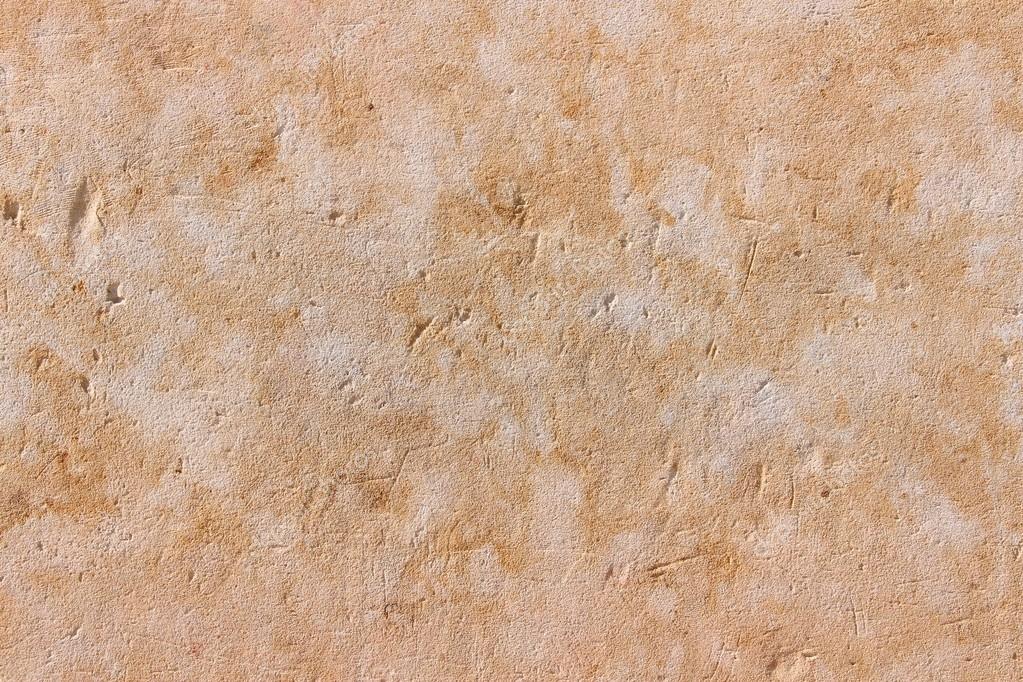Sandstone
Sandstone may be defined as a stone made up of grains of quartz and other minerals of fairly uniform size and often smooth and rounded. These grains are held together by a cementing material which may be siliceous or ferruginous. The toughness of sandstone depends mostly on the nature of this cementing material.
Rajasthan being the largest producer is an important sandstone producing state of India. It is an excellent building stone. This can be chiseled and dressed to a smooth surface in various attractive shapes. The sandstone has a verity of uses such as roofPresident Houseing, flooring, paving, paneling, beams, pillars, arches, doors and window sills, wall facing, fence posts, mile stones etc. It is especially useful for exterior cladding in sea shore buildings due to acid & thermal resistant properties. As such the effect of saline winds is negligible on sandstone.

It is also suitable for use in chemical industries as flooring, wall fixing & lining due to its acid and alkali resistant properties. It is also suitable for carving and making windows and Jallis. The sandstone is being quarried and used from centuries and a number of historical buildings and monuments such as Budhist Stupas of Sarnath, Red Fort, Sansad Bhawan, Rashtrapati Bhawan, and National Museum , Delhi; Chhitar Palace, Rajasthan Vidhan Sabha BhawanJodhpur etc. are made of sandstone.
Rajasthan Sandstone because of its regular bedding, uniform grain size, suitable nature and durability, has been used extensively not only in Rajasthan but also in Northern India and even exported to Canada, Japan, and Middle East countries. Recently some entrepreneurs have tried for cutting and polishing of sandstone. Due to the straight/curved lines of bedding/current bedding & attractive figures developed due to iron solutions, the cut sandstone after polishing, looks very attractive. It has resulted in its use in place of granite/marble.
Geographical Distribution
Rajasthan sandstone is mainly found in the main Vindhyan and Trans-Aravalli- Vidhyan sequence exposed in an area of about 34,000 sq. km. covering parts of Dholpur, Bharatpur, Karauli, Umaid Bhawan (Chittar Palace) JodhpurSawai Madhopur, Bundi, Jhalawar, Kota, Bhilwara, Chittaurgarh Jaisalmer and Baran districts in eastern Rajasthan and in scattered form in Jodhpur, Nagaur and Bikaner districts of western desert plain
Properties
The Lower Bhander sandstone is usually medium to fine grained, purple, reddish-brown in colour with pale white bands and is compact, massive and having quadrangular joints. The Upper Bhander sandstone is reddish-brown in colour with cream spots. Jhalarapatan sandstone is fine-grained, hard, compact and of different colours such as white to buff-grey, red, cream and is acid proof. Jodhpur sandstone is coarse to medium grained, red and buff white in colour. Khatu sandstone is fine grained, creamish-white in colour and is specially famous for carving and used for making fine, perforated windows and jallies.
